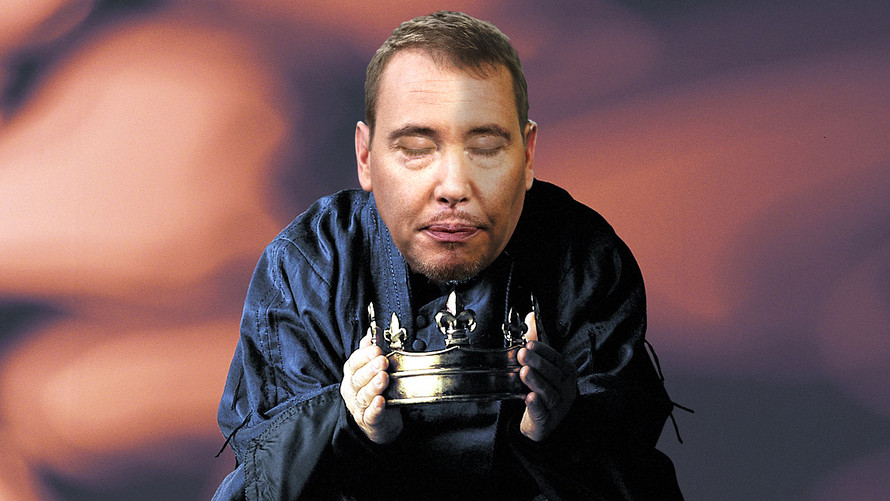Why can’t the truly smart investors not simply say, I was wrong and I will have to rethink my position? Instead, the majority of them tends to meander around finding ever more justifications why their forecast hasn’t come to fruition. A case in point is no other than Jeff Gundlach, who for the better part of 2019 and as late in the year as October in a Forbes interview propagated for 30-year rates to hit 4% in the not so distant future and 10-year Treasury yields to be 6% by the time of the next US presidential election.
His key reasoning included, and I hope I am recalling this correctly, the booming economy, a tightening Fed, ballooning deficits and corresponding massive future supply of new Treasury paper. To be fair, why not jump on the bandwagon of this forecast? The arguments looked plausible, and who wouldn’t want to side with the bond king on such a significant macro call? I can think of a few prominent ones who did… The previous bond king Bill Gross was one. No less than Jamie Dimon was another.
We can only guess that his 6% forecast is no longer on track. But while long yields have plummeted 10%+ since his latest call, Gundlach has been defiant. He has not given much credence to events, by arguing that it hasn’t really been a bond rally to begin with and that it should have been more substantial in light of the stock market correction. And he also talked down the extent of the pullback in yields against the backdrop of an unprecedented supply of Treasuries that he rightly argues will remain to be an issue.
Even more defiant sounds his assessment that the bond market now thinks the Fed will not raise rates in 2019 and 2020, contrary to what his thesis has been all along. In the end, all this constitutes is a hedging exercise. His call on the economy and the tightening cycle may well turn out to be wrong from where we stand now, and the oversupply in Treasuries seems to be digested formidably. After all, it is the deepest market on the globe, and domestic demand should never be underestimated.
Gundlach and the other bond-bearish pundits must be scratching their heads. They may for the longest time have scoffed at concerns about the yield curve inversion, an argument this space has been drumming home about, but with the 2/10-year differential having dropped sharply into the low basis point teens, the ghosts of at least 5 occasions of curve inversions with ensuing recessions in the past 30 years are rearing their ugly heads all of a sudden.
Even the Fed has unexpectedly voiced a much more balanced view of economy and rate outlook. The December hike may still happen, but there is a real chance for the Fed to start pausing thereafter. And it isn’t just the economy that could quickly become a headache. Look at the stock market that might require another Fed put as it keeps correcting. Not to mention Gundlach’s observation of exploding deficits and corresponding bond supply, the resulting debt load of which will be less and less financeable down the road.
With almost 22 trillion of national debt currently, which keeps climbing rapidly, there is hardly any complacency on deficits and rising carry costs to be had. Considering the state of this White House as well as Trump’s aggressive stance vis-a-vis the Fed I would not exclude the administration to at one point call it a question of national security to support the debt load by either driving rates down to make it more affordable or even cancelling existing Treasury bonds sitting on the Fed balance sheet.
In any case, this space has been bedazzled by the growth hype, never believed in the Fed to hold its steady course of tightening, and remained constructive on the long end of the market drawing a scenario in which the Fed might turn and at some point even resort to monetary easing measures such as another round of QE. Investors have over the past few weeks grown to be more attentive to such option, and an outright inversion of the curve will most likely put Powell and colleagues on the back foot.
Look… there is no disrespect meant for Jeff Gundlach. I am a great admirer of his, his views, how he presents them, and obviously his previously formidable performance record. But even kings can be off sometimes, and it would help the investing world that is so looking up to him that he either reiterated his call without flinching or modified his position, instead of meandering. No one will ever always predict the markets correctly. We can only try to read the tea leaves.
If what is suggested here were to come about going into 2019, history will be a decent guide for markets, as in long 10- and 30-year Treasuries, short dollar, and long gold.
